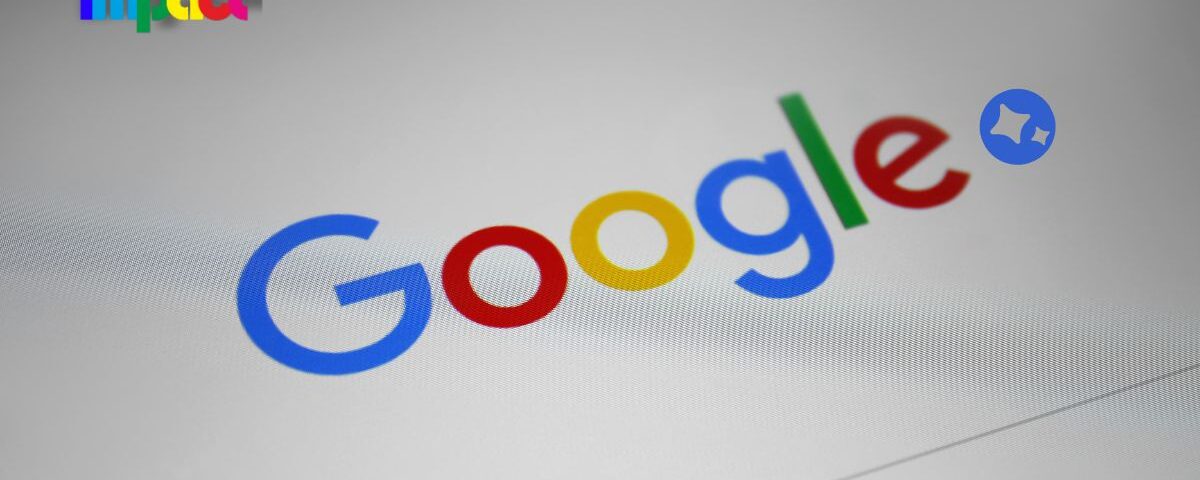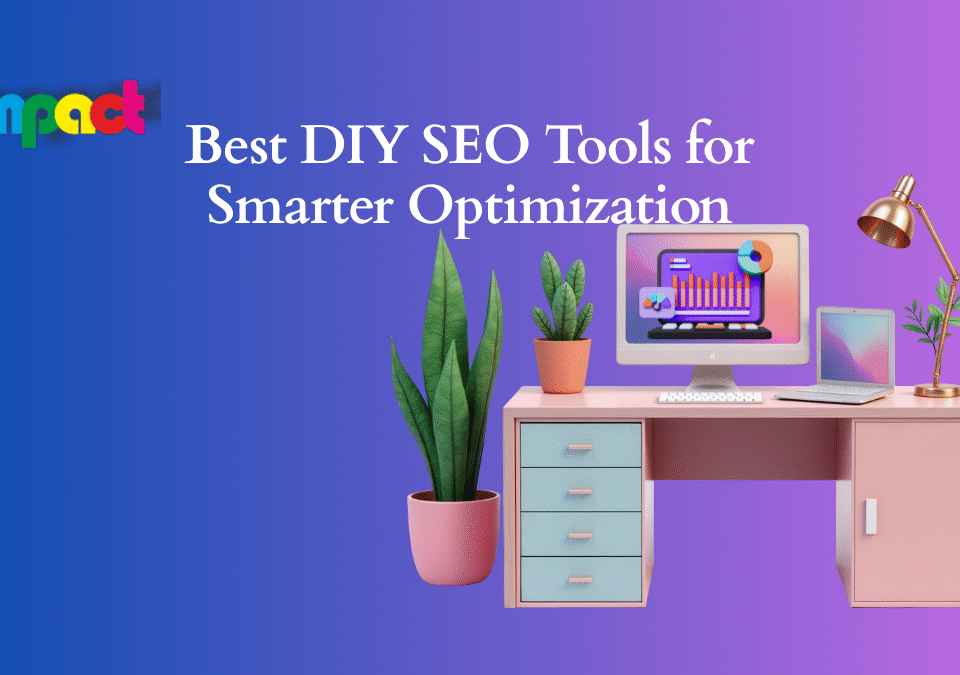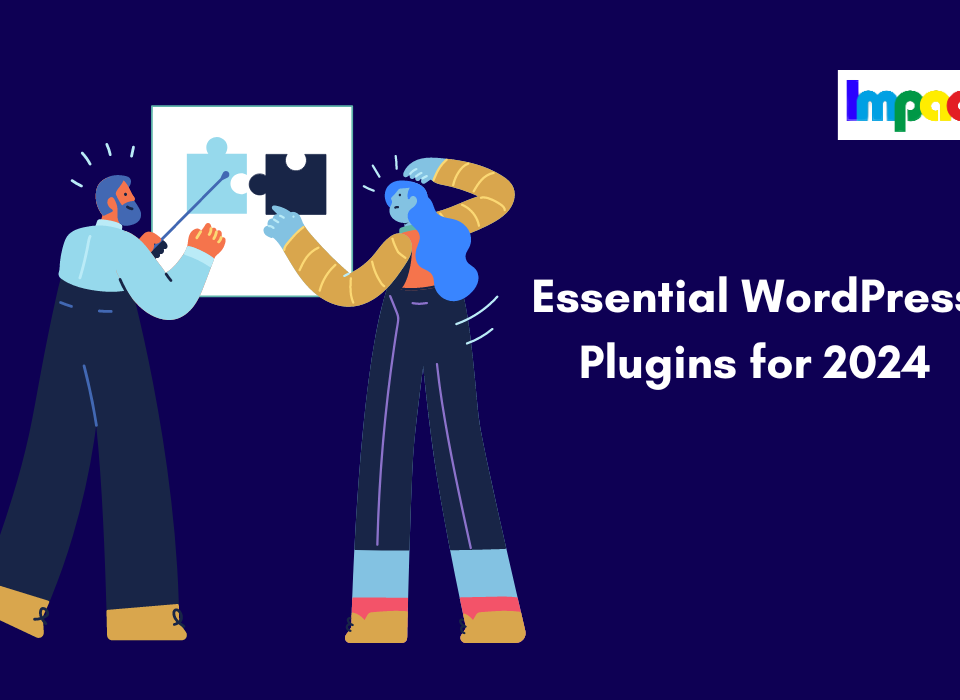Google Gemini is a powerful platform that allows you to create and manage campaigns across multiple channels, such as search, display, video, and native. It also offers advanced features such as dynamic product ads, app install ads, and audience network. However, to get the most out of Google Gemini, you need to know how to use it effectively and efficiently. Here are tips that will help you unlock the full potential of Google Gemini and make your life easy.
Tip 1: Understand the difference between native and search ads
Google Gemini offers two types of ads: native and search. Native ads are displayed on Yahoo’s properties, such as Yahoo News, Yahoo Finance, Yahoo Sports, etc. They blend in with the content and look like editorial recommendations. Search ads are shown on Yahoo’s search engine results pages (SERPs), along with organic results. They are triggered by keywords that users type in the search box.
Native and search ads have different advantages and disadvantages. Native ads have higher click-through rates (CTRs) and engagement, but lower conversion rates and return on ad spend (ROAS). Search ads have lower CTRs and engagement, but higher conversion rates and ROAS. Depending on your goals and budget, you can choose to run either or both types of ads on Google Gemini.
Tip 2: Use the right bidding strategy
Google Gemini offers three bidding strategies: cost per click (CPC), cost per thousand impressions (CPM), and cost per action (CPA). CPC is the default option for both native and search ads. You pay only when someone clicks on your ad. CPM is available only for native ads. You pay for every 1,000 impressions your ad receives, regardless of clicks or conversions. CPA is available only for search ads. You pay only when someone completes a specific action on your website, such as a purchase or a sign-up.
The best bidding strategy depends on your campaign objective and performance metrics. If you want to drive traffic to your website, CPC is a good option. If you want to increase brand awareness and reach, CPM is a good option. If you want to generate leads or sales, CPA is a good option. You can also experiment with different bidding strategies and compare the results.
Tip 3: Use keyword match types wisely
Google Gemini supports four keyword match types: broad, phrase, exact, and negative. Broad match is the default option for both native and search ads. It allows your ad to show for any search query that is related to your keyword, including synonyms, misspellings, variations, etc. Phrase match allows your ad to show for search queries that contain your keyword or a close variation of it, in the same order. Exact match allows your ad to show only for search queries that match your keyword exactly or are very close variations of it. Negative match allows you to exclude certain keywords from triggering your ad.
Using keyword match types wisely can help you improve your ad relevance and quality score, which can affect your ad rank and cost per click. Broad match can help you reach a large audience and discover new keywords, but it can also result in irrelevant clicks and wasted budget. Phrase match and exact match can help you target more specific and relevant users, but they can also limit your reach and miss out on potential opportunities. Negative match can help you avoid unwanted traffic and increase your click-through rate and conversion rate.
Tip 4: Use keyword research tools- Google Gemini
Keyword research is an essential part of any Google Gemini campaign. It can help you find the best keywords for your target audience, optimize your ad copy and landing page, and improve your quality score and performance. However, keyword research can also be time-consuming and challenging, especially if you are new to Google Gemini or have a large number of keywords to manage.
Fortunately, there are some tools that can help you with keyword research on Google Gemini. One of them is the Keyword Planner tool, which is available in the Google Ads interface. You can use this tool to find new keyword ideas, get historical data and forecasts, and create keyword lists for your campaigns. Another tool is the Search Term Report tool, which is available in the Google Gemini interface. You can use this tool to see what search terms triggered your ads, how they performed, and how they matched to your keywords.
Tip 5: Write compelling ad copy
Ad copy is one of the most important factors that influence user behavior and campaign performance on Google Gemini. It can make or break your ad’s success. Therefore, you need to write compelling ad copy that attracts attention, sparks interest, creates desire, and prompts action.
Here are some tips to write compelling ad copy on Google Gemini:
– Use clear and concise language that communicates your value proposition
– Include relevant keywords that match user intent
– Use emotional triggers that appeal to user needs or pain points
– Use a strong call to action that tells users what to do next
– Use punctuation, capitalization, and symbols to emphasize key points
– Test different variations of ad copy and see what works best
Tip 6: Optimize your landing page
Your landing page is the destination where you send users after they click on your ad. It is the final step in your conversion funnel and the place where you can convince users to take the desired action. Therefore, you need to optimize your landing page to match user expectations, provide a seamless user experience, and increase your conversion rate.
Here are some tips to optimize your landing page for Google Gemini:
– Use a responsive design that adapts to different devices and screen sizes
– Use a fast-loading page that reduces bounce rate and frustration
– Use a clear and consistent headline that matches your ad copy and keyword
– Use relevant and engaging content that provides value and answers user questions
– Use a simple and visible form or button that captures user information or leads them to the next step
– Use trust signals, such as testimonials, reviews, ratings, awards, etc., that build credibility and social proof
– Use a clear and compelling offer, such as a discount, a free trial, a bonus, etc., that creates urgency and incentive
Tip 7: Use ad extensions
Ad extensions are additional features that enhance your ads and provide more information to users. They can help you improve your ad relevance, quality score, click-through rate, and conversion rate. Google Gemini supports several types of ad extensions, such as:
– Sitelink extensions: These allow you to add links to specific pages on your website, such as products, services, features, etc. They can help you increase your ad space, showcase more options, and drive more traffic.
– Call extensions: These allow you to add a phone number or a call button to your ads. They can help you generate more calls, leads, and sales from mobile users.
– Location extensions: These allow you to add your business address or a map to your ads. They can help you attract more local customers and increase foot traffic.
– App extensions: These allow you to add a link or a button to download your app. They can help you promote your app and increase downloads.
To use ad extensions on Google Gemini, you need to create them in the Google Ads interface and link them to your Google Gemini campaigns.
Tip 8: Use audience network
Google Gemini’s audience network is a collection of third-party websites and apps that display native ads from Google Gemini. It can help you expand your reach beyond Yahoo’s properties and target more potential customers across the web. However, not all websites and apps in the audience network are equally relevant or effective for your campaigns. Therefore, you need to use the audience network wisely and monitor its performance.
Here are some tips to use the audience network on Google Gemini:
– Use the placement report tool to see where your ads are shown and how they perform on different websites and apps
– Use the placement exclusion tool to block low-quality or irrelevant websites and apps from showing your ads
– Use the bid adjustment tool to increase or decrease your bids for specific websites and apps based on their performance
– Use the frequency capping tool to limit the number of times your ads are shown to the same user on the same website or app
Tip 9: Use remarketing lists
Remarketing lists are lists of users who have visited your website or app before but have not converted yet. They can help you re-engage with these users and persuade them to come back and complete the desired action. Google Gemini allows you to create remarketing lists based on various criteria, such as:
– Pages visited
– Time spent on site
– Actions taken
– Devices used
– etc.
You can then use these remarketing lists to target or exclude users from your campaigns. For example, you can target users who have added items to their cart but have not checked out yet with a special offer or a reminder. Or you can exclude users who have already purchased from you from seeing your ads again.
To use remarketing lists on Google Gemini, you need to create them in the Google Ads interface and link them to your Google Gemini campaigns.
Tip 10: Use conversion tracking
Conversion tracking is a feature that allows you to measure how many users complete a specific action on your website or app after clicking on your ads. It can help you evaluate the effectiveness of your campaigns and optimize them for better results. Google Gemini supports two types of conversion tracking: pixel-based and server-to-server. Pixel-based conversion tracking uses a small piece of code that you place on your website or app. It tracks when users visit certain pages or perform certain actions that indicate a conversion. Server-to-server conversion tracking uses an API call that sends conversion data from your server to Google Gemini’s server. It tracks when users complete an offline or cross-device conversion that is not captured by the pixel.
By following these tips, you can unlock the full potential of Google Gemini and make your life easy. Google Gemini is a versatile and powerful platform that can help you achieve your marketing goals across multiple channels and devices. Start using it today and see the difference for yourself!




